Pacuare River - In a Class by Itself
The Pacuare River is what made Costa Rica famous for Pure Adventure , Strong Adrenaline
In the era before beach development, people from around the world came to Costa Rica with one intention: to run the magnificent Pacuare River. Broiling rapids followed by calm sections to catch your breath. Then another rapids. 28 kilometers of adrenaline. Waters comfortably warm for swimming -- and lots of places to play in gentle ripples. The Pacuare is the Mecca for adventure in Costa Rica.
-
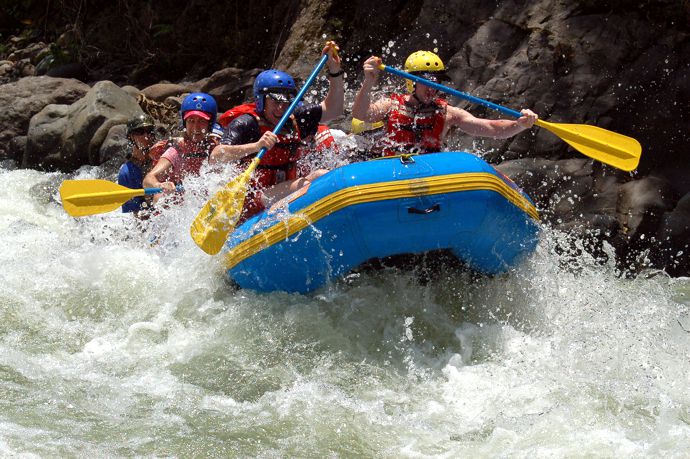
The Pacuare: Class IV rapids, very technical river, requires real teamwork. Smaller (6 person) rafts are ideal for maneuverability. .
-
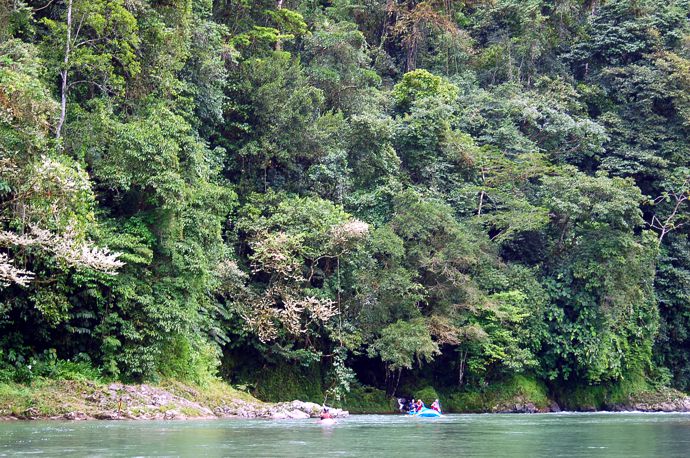
The Pacuare: of the 28 KM almost all is virgin rain forest. River Right (the right side as you descend the river) is almost entirely Indigenous reserve
-

The Pacuare: Numerous small streams enter the Pacuare from pristine forested areas above. They create quiet pools for playing.... and some for natural water slides.
-
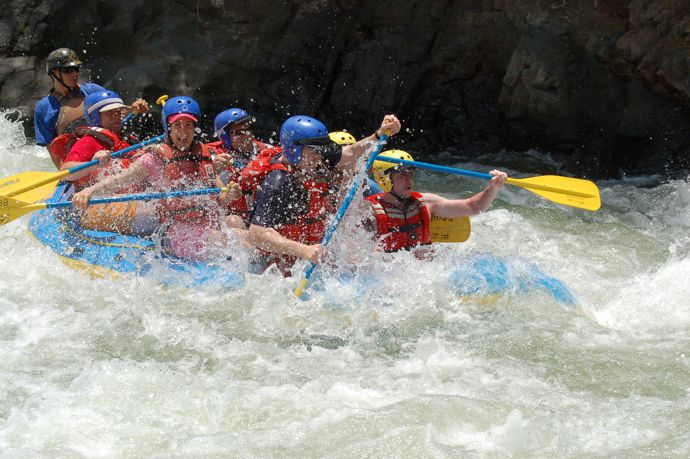
The Pacuare: Dig In! The team has to pull the raft forward while the guide steers through the rocks creating the hydraulic. Sometimes you go out, even when you don't want to.
-

The Pacuare: Ancient rocks smoothed by a million years of waterfalls. A brief section of flat water where you can jump in to cool off
-
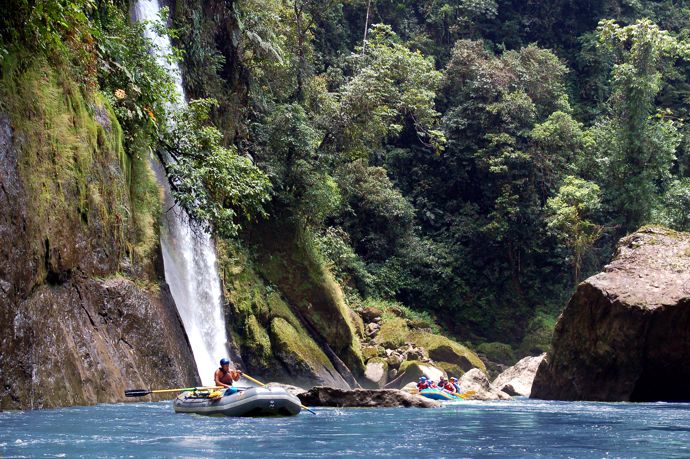
The Pacuare: Huacas waterfall. The oar boat is one option to descend the Pacuare - super stable, the Queen Mary of riverboats, often used to carry all the gear.
-
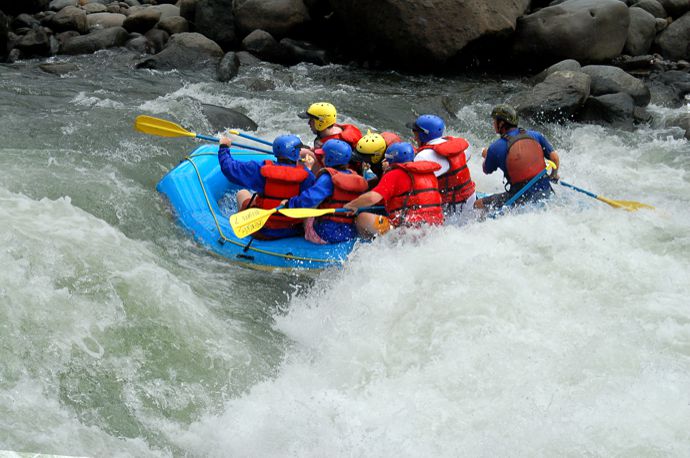
The Pacuare: Surfing a hydraulic. The team struggles to move upstream until the boat is just below the pillow... then nose into the rapids, and see who is stronger. Experienced paddlers only.
-
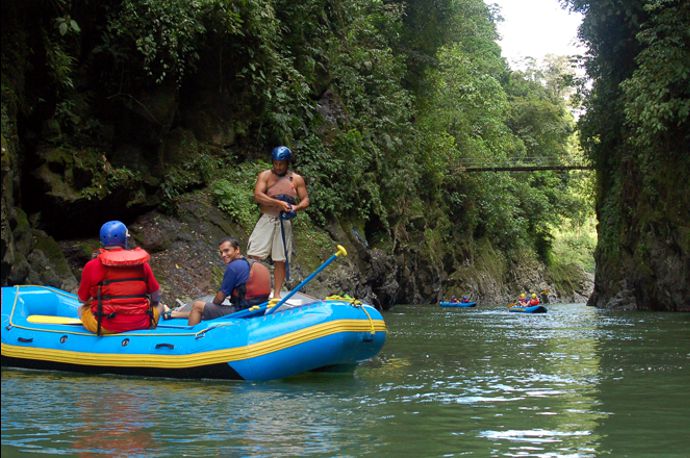
The Pacuare: Dos Montañas. The river narrows through this canyon, near the end of the trip. Everyone into the water! A few giddy moments to recover from 5 hours of using a lot of adrenaline.
Because of beach popularity rivers like the Balsa, Savegre, Naranjo and Corobici are sold as white water adventures. These small rivers are near big tourism centers and their soft ripples encourage river operators to sell those rivers as "just like a small version of the Pacuare". But they aren't. These rivers are short, almost dry from January thru May, and soft enough to be suitable for small children.
The Pacuare is much more than just white water. The natural waterslides and swimming holes are enormous fun. Picnic lunch by the river never tasted so good. Swimming in gentle currents between roaring rapids is floating in paradise. The water is clean and comfortably warm -- jump in and cool off.
Group trips depart about 8:00 from Turrialba, 10 minutes below Volare. One day trips cost from $75 to $95 per person when you join a group.
Volare works with several (well, two) companies offering private descents of the river. These are outrageous fun because you can stop and play in the waterfalls, rappel a cliff, surf the boat in a pressure pillow. Private departures create a team -- your friends, the river guides, and a private safety kayaker. You even have the option of overnight stays in luxury lodging (the Pacuare River Lodge), tent camp, or a more private river lodge where you'll be the only guests. Costs for a private departure start about $700 per day. Private operations allow the side hikes and playing in waterfalls. Like every other adventure, private departures allow you to move at the pace you want. Private departures make sense if you are an experienced raft enthusiast and want to "play" with smaller "hot rod" boats, or if you want to refine your river guiding skills -- why not take the helm?
National Geographic Magazine named the Pacuare "one of the top 5 best white water rivers of the world". The Pacuare is up there with the Zambezi, the Colorado, and Patagonia's Futaleufú.
Speak with us about your Pacuare visions.